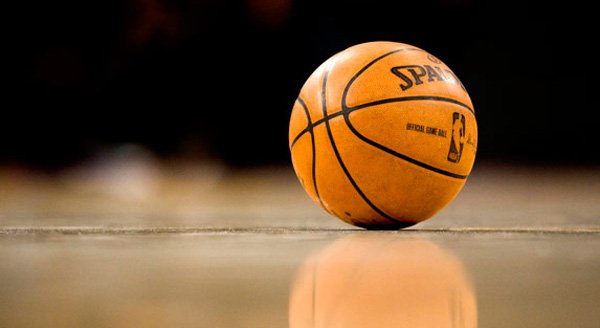In my opinion, "The Mother" of all Mother's Day Caddis hatches occurs on the Arkansas. It begins in the Canon City area around April 15, and gradually moves upstream and past Salida until runoff blows it away around 30 days later. The irony is, however, that by Mother's Day the fish have seen so many bugs that fooling them with an Elk Hair Caddis is next to impossible. The Caddis species is Brachycentrus, preceded and combined with Rachycophila. The Brachys hatch when water temperatures spike into the low 50s. When people call and want to know where the hatch is, I simply tell them to drive until they can't see out the windshield from dead bugs. Then stop, clean the glass and drive about three more miles upstream. The idea is to get above the blanket hatch so fishing a dry fly can be more productive. Having bugs on the water is good, but during this hatch there can just be too many. Just picking out your fly on the water can be impossible, let alone picking them out of your ears and nose.
Being able to think your way through this hatch is very important. As it begins, the larva and pupa patterns are very important. I like to start out the morning with Larry Kingrey's Rubberleg Stone trailing a bead head Caddis Larva. I run this system deep until mid morning when I switch to a large dry fly (Stimulator or Wulff) with a deep running pupa as a dropper. This system should be fished on the swing (across and down), so that the pupa rises in the current like the natural. When fish move to the adult, I use a Black Foam Caddis, size 14, trailing Larry's unweighted pupa or a LaFontaine Sparkle Pupa. Generally mid afternoon is uneventful, so I come back to the water with an Egg Layer and a Spent Caddis from around 5PM, until just after dark. All of these flies are necessary to be successful throughout the entire hatch if you plan to fish all day. Don't forget that sometimes when the bugs are too thick to breathe, the fish actually are gorged and don't feed much. Use this time to take a break and reassess what's going on. There are days when just fishing an Elk Hair Caddis can bring 75 fish to hand. This is generally around the third week of April before the fish are literally "bugged" out.
The interesting thing about the Arkansas is that most folks think the Caddis hatch is the best fishing of the year. It is the most famous, but the spring Baetis hatches can produce just as many fish and the Hopper/Dropper fishing all summer can be exceptional. The first hatch of spring is the Blue Winged Olive, Baetis Tricaudatus. It can be spectacular on cloudy, overcast March and early April days. Light snowfall can generate hoards of these beautiful little bugs, and basically kick starts a feeding frenzy that lasts through the Caddis hatch until runoff. If you fish the middle of April, you may fish BWOs in the mornings and a Caddis hatch in the afternoons as water warms. We commonly see them on the water at the same time.
After runoff, clear edges start to produce big numbers of fish on adult Golden Stones. This generally is available around the middle of June, and is the best time of year to float fish. Working shoreline from a boat produces big numbers and big fish. Just cast to the dirt and let the boat drag it away from the shoreline. Explosive rises occur just inches from the dirt. If you don't have a way to float, then walk the shorelines and pick apart the submerged rock gardens with a Stimulator trailing an attractor bead head. These systems are used all summer and fall. Favorite Hopper/Dropper Rigs are Yellow, Orange, or Green Stimulators or Parachute Madam Xs, trailing a Copper John, Silver or Gold Ice, Bead Head Flashback, or Prince nymph on 24 to 30 inches of fluorocarbon tippet. PMD hatches, Caddis, Red Quills, and fall Baetis mix it up with the wonderful terrestrial activity well into November. Streamer season follows with pre and post spawn behavior. Midging fish can make warmer December and January days very attractive, although this river in winter is not very consistent.
The Arkansas, in my opinion, is the best dry fly fishing in the Southern Rockies. Some dry fly will catch a fish twelve months a year. Access is great; the weather is generally very good (they don't call this the "Banana Belt" for nothing and the wild Browns are willing participants in your day off. What else could you ask for?

March Madness Betting- ways to bet

Achieve Attributes Of A Sportsman With Houston Basketball Trainer

Copyright © www.mycheapnfljerseys.com Outdoor sports All Rights Reserved